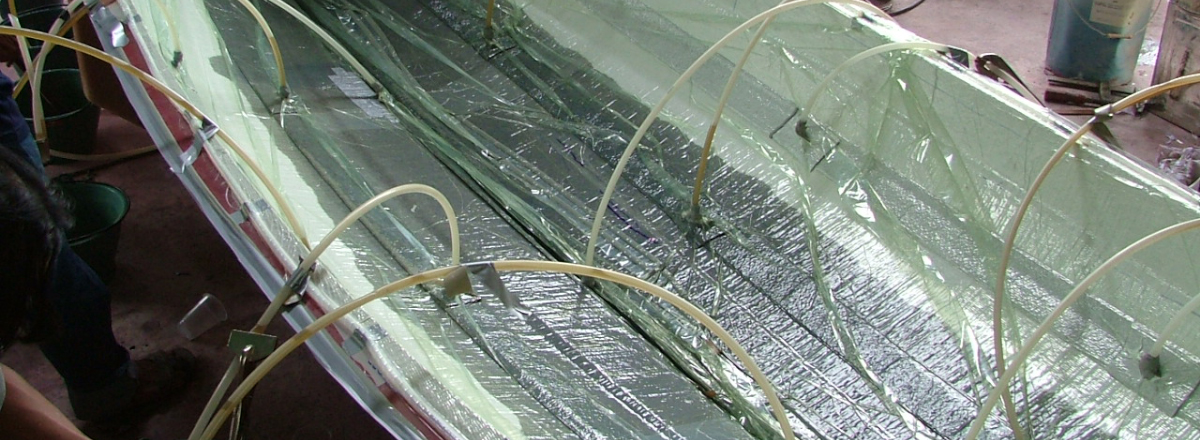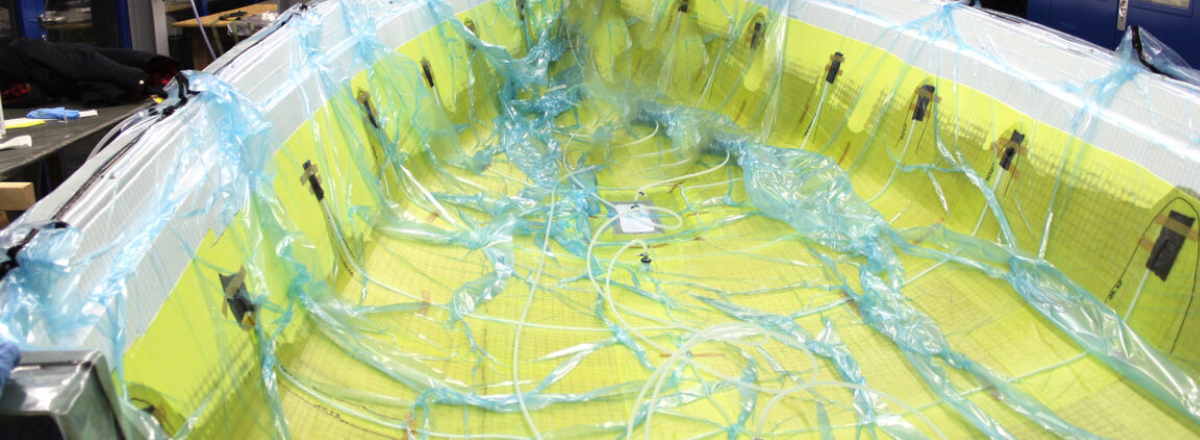Mastering the Art of Vacuum Infusion
Mastering the Art of Vacuum Infusion

A Comprehensive Guide to Perfecting Composite Manufacturing
In today's realm of material production and design, numerous innovative methods continue to emerge. One such method is "vacuum infusion," a distinctive manufacturing process prominently employed in the production of composite materials. Within this article, we shall delve into the essence of vacuum infusion, elucidating the correct procedural steps and shedding light on the prevalent errors often encountered.
Understanding Vacuum Infusion:
Vacuum infusion constitutes a method employed in the production of composite materials, notably recognized for its efficacy. In this technique, composite reinforcements or fibers, along with a resin matrix, are meticulously introduced into a mold. Throughout the process, the mold is subjected to vacuum conditions, facilitating the impregnation of the resin within the material. This meticulous procedure aims to minimize the presence of air voids, consequently enhancing the durability and overall performance of the composite.

Correct Application Procedures:
- Preparation Phase: The preliminary step entails the meticulous preparation of all requisite materials. Careful selection and preparation of composite reinforcements, mold, and resin are paramount.
- Mold Preparation: The mold necessitates thorough cleaning and the application of appropriate mold release agents. This measure guarantees the seamless extraction of the final product.
- Reinforcement Placement: The composite reinforcements should be judiciously arranged within the mold. This procedure ensures the uniform and balanced characteristics of the eventual product.
- Resin Mixture Preparation: Optimal resin selection and meticulous blending are vital. In certain instances, the resin is supplemented with a hardener before application.
- Vacuum Bagging Setup: The placement of a vacuum bag around the mold, coupled with airtight sealing, is paramount.
- Vacuum Infusion: Utilizing a vacuum pump, air is drawn out from the system, facilitating the infusion of the resin into the material. This phase mandates vigilant oversight.
- Curing and Extraction: Following resin hardening, the material is extracted from the mold. Subsequent finishing steps, such as cutting and sanding, can be executed if necessary.

Common Mistakes and Recommendations:
- Air Entrapment: Air bubbles generated during resin infusion can diminish material integrity. Diligent vacuum application and gradual resin infusion are effective countermeasures.
- Uneven Reinforcement Distribution: Poor placement of reinforcements can result in localized weaknesses. Uniform and balanced placement of reinforcements is pivotal.
- Inadequate Vacuum Application: Insufficient vacuum can impede proper resin distribution. Vigilance in vacuum pump operation and bag sealing is critical.
- Rapid Infusion: Swift resin infusion may yield undesirable outcomes. A controlled and gradual infusion process is recommended.
- Subpar Material Selection: Opting for subpar or cost-effective materials can compromise the final product's quality. High-quality reinforcements and resins should be prioritized.
In Conclusion, vacuum infusion methodology stands as a pivotal approach in composite material production. Through meticulous adherence to the correct procedural steps and vigilant avoidance of common pitfalls, one can harness the advantages of this technique to craft high-quality, durable products. By diligently overseeing each phase of the process, the advantages of vacuum infusion can be fully harnessed to yield optimal results.


